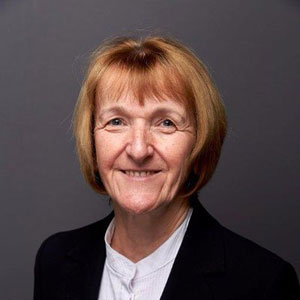The first two patients have been recruited at QEHB for a trial looking at the effectiveness of a vacuum dressing for patients with serious leg injuries.
The Wound management of Open Lower Limb Fractures (WOLLF) study, led by Prof Matt Costa at the University of Warwick, is designed to test whether a type of dressing called negative pressure wound therapy provides better outcomes for patients with open fractures of their legs and feet.
An open fracture is one in which the bone breaks the skin and is exposed to the air. Most fractures are closed fractures, contained within the skin, and open fractures are at much greater risk of infection.
Open fractures require surgery to repair, after which a dressing is applied to the wound area. Traditionally, this is made up of a non-adhesive layer, covered by a sealed dressing or bandage to protect the wound from being contaminated.
Negative pressure wound therapy (NPWT) is made up of a layer of foam covered by a sealed dressing with a small hole. This hole is connected to a pump, which generates a partial vacuum over the wound. NPWT removes bacteria and other contaminants from the wound during the healing process and also encourages the healing process.
The study is being run at QEHB by the NIHR Surgical Reconstruction and Microbiology Research Centre (SRMRC), a national centre for trauma research, taking discoveries from the military frontline to improve outcomes for all patients in the UK. The principle investigators are Lt Col Steven Jeffery and Prof Sir Keith Porter.

Sir Keith, who is Director of the SRMRC, said the recruitment of the first two patients to the trial was an important step forward: “Negative pressure dressings have been developed very rapidly and this trial will provide us with important empirical evidence of how effective they are compared with traditional dressings.
“We have recently received two patients at QEHB who have both suffered these serious injuries, and their willingness to work with us on this study is extremely commendable and very valuable,” he says.
“Nobody wants to be injured, but these patients are playing a big role in helping improve our understanding of this type of injury. They feel that their misfortune is at least providing some benefit for others, and we hope that more patients with these types of injuries will also take part in the trial in the near future.”



